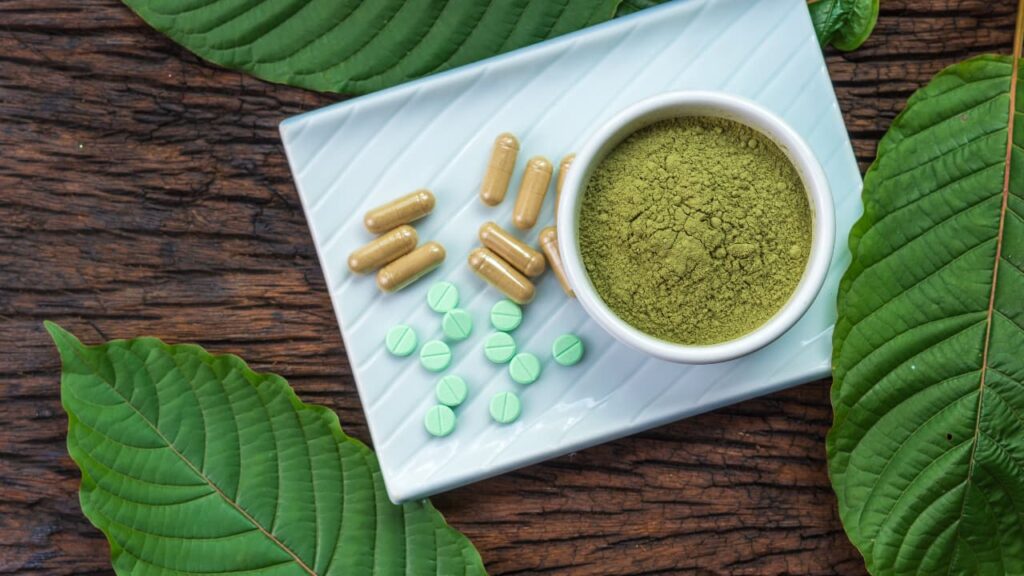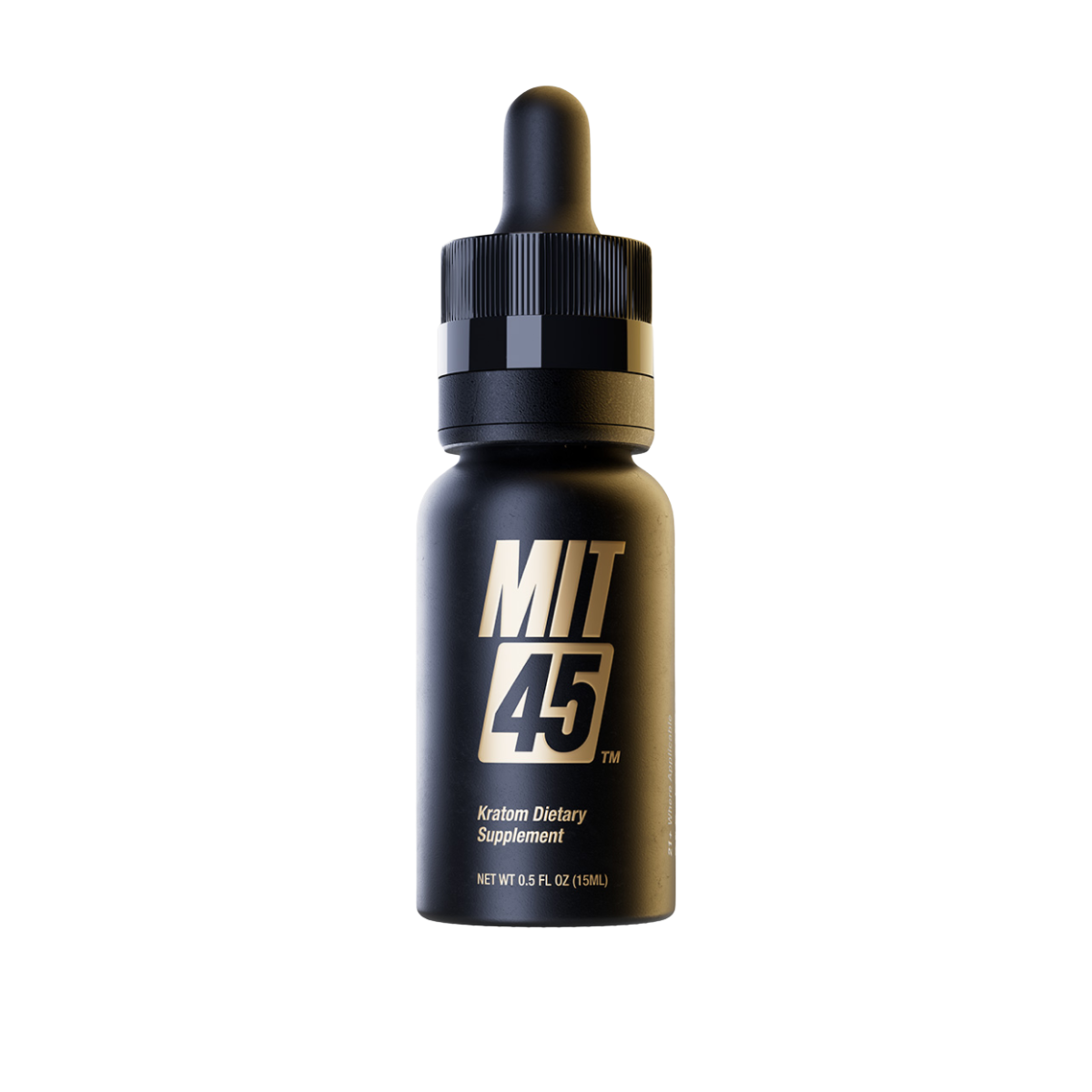If you’ve ever visited a kava bar or smoke shop or searched for natural products in a health store—or even a convenience store—chances are you’ve noticed multiple kratom products on the shelves.
Kratom is a natural product with potential benefits and many uses for people, and it may feel like nature’s cheat code to living life with a renewed sense of well-being. However, it’s vital that you understand it before buying.
And by understanding it, we mean going through this blog’s sections—namely, ‘what is kratom,’ ‘what it’s often used for,’ and ‘how to distinguish its different strains and varieties.’ Once you’re through, you’ll be able to make an informed decision and find it easier to incorporate into your daily routine.
Let’s take a look at a beginner’s guide to the world of kratom—so you can begin your journey today.
The History Of Kratom
The best way to understand ‘what is kratom’ is by looking into its background, starting with where it comes from. Native to Southeast Asia, kratom—also known by its botanical name Mitragyna speciosa—is a tropical tree that’s been used for centuries by native cultures for various purposes. Its leaves are the main component used in the products you see available today.
Kratom trees are part of the coffee family and may have similar enhancing properties as their caffeinated counterparts.

What Is Kratom Used For? Then vs. Now
Historically, natives would dry the leaves and then brew them into teas, chew them, or even smoke them to experience both soothing and energizing effects. In modern times, those same leaves typically undergo an extraction process to create a concentrated form that’s used across various product formats.
What Is ‘Mitragynine’?
When you read kratom product labels or dig into its background, you’ll often come across the term mitragynine. It’s one of the primary alkaloids found in kratom and plays a major role in how the plant interacts with your body’s natural opioid receptors. In short, it’s this component that helps produce the effects you may experience when consuming kratom.
How Long Has Kratom Been In The U.S.?
Reportedly, kratom first became available in the U.S. in the late 1990s. However, it may have been introduced to U.S. soldiers during the Vietnam War, who possibly brought it back with them. And by then, its popularity was off the charts. As time passed, it became more versatile—most of which happened within the last decade.
Following this, a misconception may have kicked in—assuming it’s legal in every U.S. state. Sadly, that’s not entirely true, as laws vary from state to state. The good thing? It might still be available at chain store locations like 7-Eleven and Circle K, but only if the state permits its sale or distribution through those channels.
What Type Of Research Has Been Done About Kratom’s Effects?
In the U.S. alone, thorough and extensive kratom research is ongoing. The FDA, various states’ Department of Agriculture research scientists, and NIH (National Institutes of Health) are among the many premier facilities studying the potential benefits and effects of kratom.
Leading kratom vendors, such as MIT45 and Golden Monk, also conduct significant, third-party lab testing of each of their products.
Potential Uses Of Kratom
In Southeast Asia, kratom has been used for centuries as part of social and cultural traditions. Users there often turned to it for various reasons, depending on their needs and setting. Since everyone responds differently, kratom may have a range of possible effects.
When taken in suggested serving sizes from reputable vendors, it may offer the following possible benefits:
Calming effects [1]
Relaxation [2]
Uplifting [3] or energizing benefits [4]
Kratom Strains & Vein Colors: What’s The Difference?
Different kratom leaves contain unique qualities based on the various veins and individual strains used. The three main strains include red vein, green vein, and white vein—though yellow vein products are becoming more readily available, too.
While the terms “strains” and “veins” are often used interchangeably, there is a distinction: strain refers to the type of kratom, whereas veins indicate the color of the leaf vein at the time of harvest. For instance, Green Thai kratom and Red Thai kratom come from the same cultivar, but the green variety is harvested earlier in the leaf’s growth cycle than the red.
Different Vein Types
Some of the identifying features of different kratom veins include:
-
1. Red Vein:
Higher concentration of kratom’s secondary alkaloids. This results in more soothing effects and is why red vein kratom is sometimes known as a stronger type of kratom. It’s also harvested at the end of a leaf’s growth cycle.
2. Green Vein:
Lower concentration of secondary alkaloids. Thought to produce balanced effects between energizing and soothing benefits. Veins take on a green color.
3. White Vein:
White vein kratom strains often contain high levels of alkaloid mitragynine, which may lead to uplifting benefits. These young leaf veins still have their white color.
Other Strains
When buying kratom products, you may also notice that many strains are named for certain regions. For example:
- Red Bali
- White Thai
- Green Malay
These names come from where that type of kratom was originally cultivated before being transplanted to commercial farms. Today, nearly all commercially available kratom is grown in the same region of West Kalimantan.

Popular Forms Of Kratom
Kratom is available in many different formats. The following are among the most popular formats it is available in:
Let’s have a look at a detailed explanation of each of these mentioned formats.
1. Powders
The leaves of a kratom tree are picked, dried, and then crushed into powder form to create popular kratom powder products. Again, the vein of the powder depends on the stage of growth in which the leaves were picked.
Some vendors may include additives to their kratom powders, so it’s important to research the powder and read the product label before you make your purchase. One should also review the suggested serving sizes, as chances are not every kratom brand would include them.
Always go for raw leaf labels, as these may point to pure kratom products that contain no additives.
2. Liquid Extracts
Kratom liquid extracts, such as MIT45 BOOST, are made from kratom leaves via a thorough extraction process that isolates mitragynine and other alkaloids from raw kratom leaves. This allows manufacturers to create a concentrated liquid form.
Typically, one product contains more than one serving, so it’s essential to read the label before use.
3. Teas
Kratom teas are popular in Southeast Asia and are created by mixing raw leaf powder. You will either see them packed as tea bags or sold loose. To prepare the same, add a couple of drops of kratom liquid extract to a cup of simmering water.
4. Capsules
Capsules are one of the most convenient ways to take kratom, especially if you’re looking for an on-the-go option. They’re also beginner-friendly—each capsule offers a consistent serving size and avoids the strong, earthy taste that often comes with other forms.
It’s worth noting, though, that kratom capsules and tablets aren’t the same. Capsules are filled with powder and enclosed in a thin casing, typically made of gelatin or cellulose. Tablets, on the other hand, are compressed into shape using binding agents like starch or sucrose.

How Do You Find Quality Kratom Products?
Although there are numerous credible kratom vendors, like MIT45 and Golden Monk, you may find a lot of low-quality products on the market, too. Thus, it’s essential to research brands and their products, knowing what to look for when making a purchase.
1. Look for labels and safety measures
Some vendors may add unnecessary additives to their products that could change the impact of the kratom. However, reputable vendors provide product labeling, employ thorough, third-party testing measures, prioritize safe use, and sell pure kratom products.
2. Choose AKA-qualified vendors
The American Kratom Association (AKA) exists to educate users & public on kratom use and raise global awareness of kratom. The association fiercely advocates for transparency, truth, and credibility in kratom products.
They even vetted and curated a list of kratom vendors called the Good Manufacturing Practices (GMP) Qualified Vendors, including trusted brands that adhere to truth and high standards in kratom manufacturing.
MIT45 appears on the AKA GMP Qualified Vendors list, along with its lab-tested products.
Kratom For Beginners: Essential Tips To Get Started
- If you want to take the first step to incorporate kratom use in your daily life, it’s important to remember that a little kratom goes a long way. If the product you choose includes a suggested serving size, it’s wise to take that consistently until you discern how your body reacts. You can then increase your serving size incrementally to achieve the desired effect.
- Research the kratom products you’re interested in before you make your first purchase, and remember to read the label to determine the strength of the product. You can also find answers to many common questions on the MIT45 FAQ page.
- It may be wise to also consult a medical or holistic health practitioner before you take kratom to understand how it might impact you or interact with any pre-existing conditions you may have or medications you may be taking.
Connect With MIT45
MIT45 is committed to the highest standards and industry leadership in kratom products. Now that you understand ‘what is kratom’, what it might be used for, the differences between strains and veins, and popular types of products, you may find deciding easier as you take the next step.
You can shop for kratom products via our online store, and be sure to check out our blog for the latest insights and tips on kratom use.
Additional References
Ashton L. Types of Kratom Strains: The Best of Red, Green & White Vein. Cfah.org. Published January 2023.
Cinosi E, Martinotti G, Simonato P, Singh D, Demetrovics Z, et al. Following “the Roots” of Kratom (Mitraguna speciosa): The Evolution of an Enhancer from a Traditional Use to Increase Work and Productivity in Southeast Asia to Recreational Psychoactive Drug in Western Countries. Biomed Res Int. 2015;2015:968786.
Johns Hopkins Medicine. Natural Herb Kratom May Have Therapeutic Effects And Relatively Low Potential For Abuse Or Harm, According To A User Survey. Hopkinsmedicine.org. Published February 2020.
Karunakaran T, Ngew KZ, Zailan AAD, John VYM, Bakar MHA. The Chemical and Pharmacological Properties of Mitragynine and Its Diastereomers: An Insight Review. Front Pharmacol. 2022;13:805986
National Library of Medicine. OPRM1 gene (opioid receptor mu 1). Medlineplus.gov. Accessed 2023.
Ramanathan S, McCurdy CR. Kratom (Mitragyna speciosa): worldwide issues. Curr Opin Psychiatry. 2020;33(4):312-318.
Stevens CJ. Kratom: Is It Safe? Healthline.com. Published June 2020




